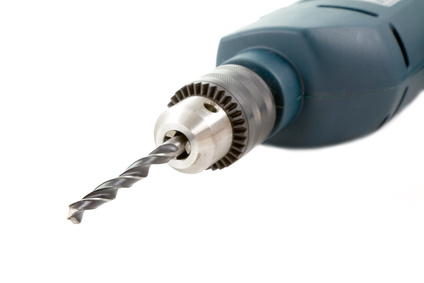
Making a flow bench, a primary tool of high-performance engine builders, is an attractive idea for an accomplished do-it-yourselfer. There are many ways to tackle the project, starting with a basic kit. If you want to build from scratch, you can download plans and design ideas, and there are even step-by-step instructions to download as well. The flow bench, which is related to the wind tunnel, tests the internal aerodynamic qualities of an engine component. It has other uses as well, including testing the flow capabilities of such components as air filters, manifolds and carburetors.
Decide whether you will build your flow bench from scratch or use one of the many kits on the market. Some of these use patented programs, but they might be easier for a novice builder to use than to start from scratch. Either way, you will need a shop vacuum or air source, a computer, a 3/4-inch bench surface with a 4.5-inch hole, silicone adhesive to affix the device to the bench surface, contact cement for bench top gasket installation, and an electric drill with a 1/4-inch bit.
Download flow bench plans and design tips if you decide to build your project from scratch. A good resource for this is flowbenchtech.com (see Resources section). In addition to providing plans, ideas and tips, that site has a Flowbench Forum, where others who have built flow benches share their successes or concerns.
Build your flow bench using the experiences of others to guide you. Most flow bench forums use a technique of mounting the head to be tested on a block with a means of opening the valves. Situate the suction side of the vacuum cleaner to the bore, and seal the hose to prevent leakages. Check the step-by-step guide at drag.race-cars.com for a running journal on one builder's experiences.
Another excellent resource is Super Cheap Flow Benches, part of a forum where do-it-yourselfers tell of their trials and errors as they attempted to create flow benches in their home garages for minimal investment. Discussions take place on how head ports work and how to modify them to make big power, with information on intake manifolds and fabrication tips. Mistakes are chronicled to help others avoid them.